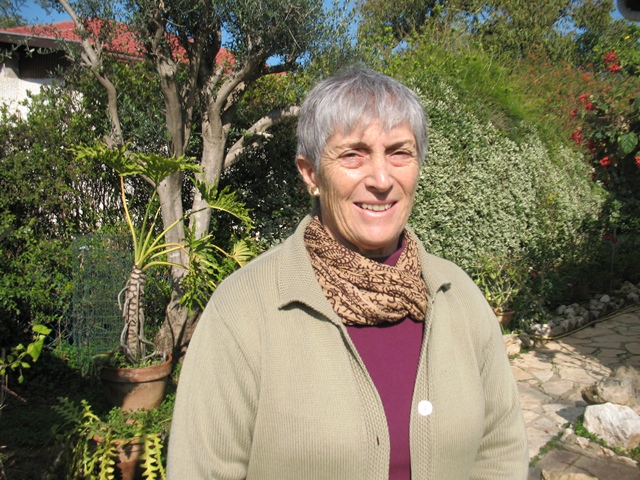 By Lenore F. Steinhardt, author of the forthcoming book On Becoming a Jungian Sandplay Therapist: The Healing Spirit of Sandplay in Nature and in Therapy.
By Lenore F. Steinhardt, author of the forthcoming book On Becoming a Jungian Sandplay Therapist: The Healing Spirit of Sandplay in Nature and in Therapy.
We live in a time of rapid transitions. The norms of fifty years ago concerning gender and parent roles have changed: men cook and care for children, women work in technological fields and direct companies. As well, children are informed about the world instantaneously from computers, and smartphones,which may cause a change in the roles of today’s parents and teachers.
There have been changes in the therapeutic milieu as well. Both children and adults attend various group expressive therapies as well as individual therapy. There is also much interest today in C.G.Jung’s wide concept of the psyche, that includes the inherited archetypes of the collective unconscious, as well as the personal unconscious (described by Freud), and consciousness. Among the major archetypes (Mother, Father, Child, Hero and Self) the Divine Child archetype has been popularly called the ‘inner child”, that part of us that we need for new beginnings, growth and creativity.
In sandplay therapy it becomes activated and urges us to play, be creative, discover and invent spontaneously with sand and miniatures. It also provides symbolic access to parts of our psyche that we have long forgotten- some may prove useful in solving problems, and in choosing new life directions, and some may help to identify difficult life events that we may have forgotten, but that continue to prevent development. Sandplay works with the entire psyche. This means that through symbolization with objects, sand and water, a person can gradually acknowledge in symbolic form, both problems and inner sources of strength. Jung noted on himself that the child within can find solutions to problems through play that the rational mind cannot access.
Today’s adults are more able to accept their “inner child” and their need for non-directive spontaneous play. What at first seemed “childish” becomes “childlike” and very moving. Often an adult begins Sandplay with a rational approach, choosing objects and moving the hands in the sand according to a preformed idea. But at a certain point play will also evoke early memories of spontaneous play, and the sandplayer will transition to a freer symbolic play.
Some important points for adults who do Sandplay are:
1. to relax and accept that there is an inner source of creativity, curiosity, discovery and new directions that has its own volition and is not connected to rational thinking.
2. to relax and accept that there is an “inner guide” (sometimes called intuition) that accesses new images that may be at once strange and familiar, that we don’t need to interpret.
3. to relax and accept that there is a felt sense in the body while doing the work, that does not need to be explained, rationalized, justified, or understood. This may lead to enjoyment, or one may be swept into expressing something that is painful, but that wants to be seen and understood, at least in symbolic form.
4. to relax and accept that answers are within us, and that we are larger than we know, and have much more unknown depth and potential than we are aware of.
5. to relax and accept that there are wounded inner structures that can be changed and healed in Sandplay, without rational understanding. With less energy needed to suppress memory of difficult events, more energy is available for positive change in daily life. Decisions will be better based on real needs, actual potential, and be more productive or satisfying.
6. Sandplay can also be visually beautiful. The sense of creating something beautiful, feeling the artist in oneself, is life affirming, and can carry over into feeling self-assured in other areas of one’s life.
